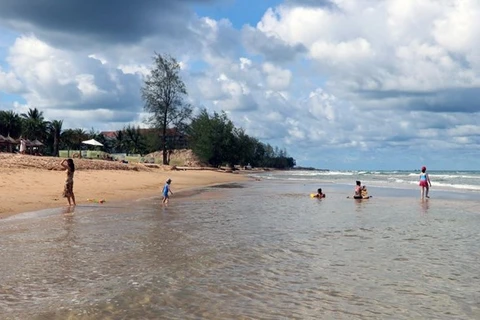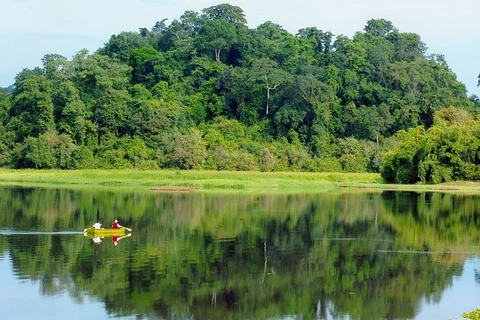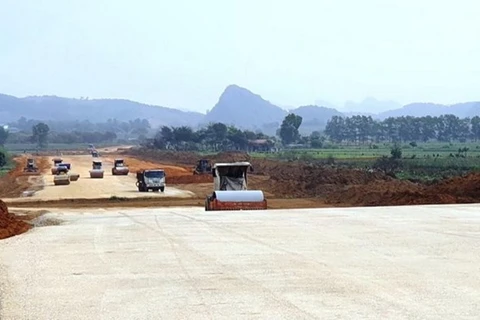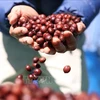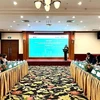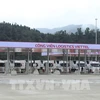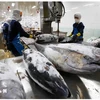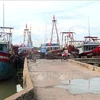
Kien Giang (VNA) – The city of Phu Quoc is doing everything possible to unleash its potential and boost socio-economic recovery this year despite lingering COVID-19 impacts.
Phu Quoc, the resort island of the Mekong Delta province of Kien Giang, aims for over 22 trillion VND (around 960 million USD) in production value of its key sectors in 2022, a year-on-year increase of 8.4 percent. It expects to mobilise some 24 trillion VND in total social investment and collect 5.4 trillion VND for the State budget, up 8.3 percent and 26.7 percent, respectively, from 2021.
The city will strive to attract 2 million tourists, a surge of 215.4 percent, including half a million foreigners.
Additionally, output of fishery will be raised to 201,000 tonnes, pepper to 252 tonnes and fish sauce to 12 million litres.
 Phu Quoc will stimulate the development of fishery industries, particularly cage farming of high-value fish, crab and pearl, with the help of high technology while enhancing conservation of marine environment. (Photo: VNA)
Phu Quoc will stimulate the development of fishery industries, particularly cage farming of high-value fish, crab and pearl, with the help of high technology while enhancing conservation of marine environment. (Photo: VNA)To achieve those targets, Phu Quoc plans to further accelerate the progress of public projects and develop commodity agriculture and eco-agriculture with the use of smart and advanced technology and increased adaption to climate change.
It will also stimulate the development of fishery industries, particularly cage farming of high-value fish, crab and pearl, with the help of high technology while enhancing conservation of marine environment.
The island's authorities intend to strengthen protection of marine resources at the same time, provide local fishermen with training on good fishing practices and upgrade fishing ports and wharves.
Local authorities will step up awareness campaigns to prevent local fishermen from entering foreign waters as part of efforts to put an end to illegal, unreported and unregulated (IUU) fishing and help remove the European Commission (EC)’s “yellow card” warning on Vietnamese seafood.
Tourism industry in the island has bounced back strongly with a high increase in visitor arrivals reported in the first two months of this year, despite the continuing COVID-19 risks.
Local hotels, resorts and tourist complexes have received training and been under close monitoring on how they observe COVID-19 preventive rules in a bid to ensure the safety and well-being of tourists.
The city is also strengthening linkages with tourism enterprises to help them recover faster and attracting investment to develop transport infrastructure connecting tourist spots and complexes city-wide./.

